I can’t believe that a year has passed since my last post! Last June – for the first time since I started this website (Oct 1, 2016) – I not only stopped posting but also had to stop visiting nature reserves and cancel wildlife conservation work. My inactivity was due to both the imposition of government covid restrictions and more seriously still, to having caught the virus back in March 2020. Like so many who experienced severe breathing difficulties, my recovery was prolonged and even a year later I can’t walk quickly without feeling breathless. So Covid had literally caused a vacuum, that not only had me gasping for air but also suffocated much of the atmosphere that helped enrich and sustain my sense of ‘being’. I felt out of kilter with the natural rhythms and gravitational forces that held my thoughts and actions together. Like a meteorite, I found myself falling through space and time, with no prescribed orbit to follow. Free-falling into some existential black hole, I can’t account for the disappearance of a year gone-by, or its precious moments. They’re gone, vanished forever out of conscienceless.
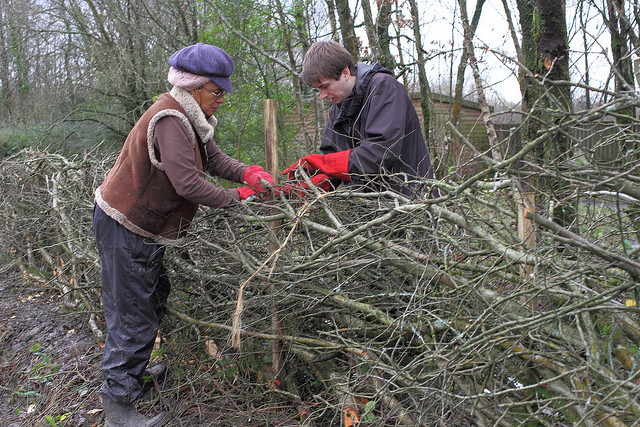
Traditional hedge laying on hawthorn at Parc Slip Nature Reserve. Obviously with Covid-19 measures in place, such volunteering work was cancelled and it’s with a great deal of nostalgia that I look back on such work activities.
Flash forward to May/June 2021 and the bright summer sunshine appeared to have bleached away the stains, blemishes and remnants of covid infection. Thankfully, to my relief, the call of nature was still as strong, still as clear and melodic as the blackbird’s song. It was still as magical and full of wonder as when I was a child. Even the gathering swallows, swifts and martins appeared to be dancing for joy as they stitched the boundless sky. Feeling rejuvenated, I dusted off my neglected camera gear and with purposeful urgency packed my ruck-sack and drove to Merthyr Mawr Warren, one of my favourite nature reserves and most importantly – home to the Grizzled Skipper. Grizzled Skippers are tiny and rather moth-like butterflies readily identified by their pattern of white chequers on dark wings, with distinctive black-and-white fringes. They emerge around mid April and by mid June have completed their life cycle.
CLICK on Images to enlarge
The call of Nature was still strong – it could be sniffed in the sweet scent of tree blossoms or heard in the chirping of birds, such as this female Stone Chat.
Stocky and moth-like in appearance, I like to think of the Grizzled Skipper as the French Bulldog of butterflies.
Merthyr Mawr is one of the few remaining strongholds in Wales for small, self contained colonies of Gizzled Skipper butterflies. I’ve visited this site yearly between May and June since 2016. Back in 2016, I found a healthy colony, playfully basking and flying in the late evening sun. They were rare then but are rarer still in 2021! The results of the UK Butterfly Monitoring Scheme showed worrying declines for many species, including the Grizzled Skipper, which had its worst ever year (down 54% since 1976). Fortunately, and much to my relief, after much looking I did finally manage to find a few Grizzled Skippers in May, 2018. However, it was worrying to think that it was proving significantly harder to find them. My fears for their demise was confirmed in May, 2019 when after much agonised searching I could not find any trace, not even of one. Then came 2020 and Covid travel restrictions snuffed out any hope of visiting Merthyr Mawr Warren in May/June. Which brings me to May/June 2021, with travel restrictions being lifted and with much anticipation I finally visited Merthyr Mawr Warren in search for this most elusive of butterflies.
Grizzled Skipper in Decline – Both its national distribution and its population at known monitored sites, show worrying declines over the past few decades. The long-term reduction of 50% in its UK distribution is of considerable conservation concern and it is being considered for inclusion in the UK Biodiversity Action Plan.
My love of the Grizzled Skipper began in 2015. I decided that the time had come to follow my own passions and so took voluntary redundancy from my teaching post. It was one of those now or never moments. A little introspection revealed that a good deal of my career involved wearing a mask, playing a part, behaving and saying things as though coming from a script. If you become a lawyer (like many of my Spanish cousins) or as in my case a teacher, there are certain stereotyped patterns to which people expect you to conform. Some jobs like being an artist, author or musician, allow you more leeway than others. However, most jobs seem to involve conforming and ultimately thinking in a certain way. To that extent the real you is never allowed to emerge and blossom. I think this is what modern artists like Picasso and Klee meant when they said they wanted to discover themselves and paint more like a child. Like the hippies, they wanted to be free from the work ethic and its stifling rules of conformity. So in 2015, at the age of 56, I felt at last ready to discard all the baggage that had weighed me down and prevented me from being myself. Similar to the child I once was, I wanted to run wild and explore the wonderful world of nature waiting beyond the doorstep. With a renewed sense of purpose, I started voluntary wildlife conservation work; founded my own website at Wildlifemacro.com; and took up wildlife photography.
I can’t believe almost 5 years have passed since my first post at Wildlifemacro.com
The drive to Merthyr Mawr was no less delightful and beautiful as on my first visit. Picturesque country views, on narrow meandering roads, overlooking flowery meadows and flowing streams. It’s a lovely journey that’s particularly worth taking on a beautiful Spring day . The car parking is situated near Candleston Castle on a clearing in the woods. Unfortunately, there is a parking fee of either £2 for up to 2 hours or £4 for the day. In previous years the paying machine allowed coins or notes to be used but this year that option was no longer available and I felt forced to pay using my debit/credit card. Objecting to this lack of choice, I drove out of the car park and found somewhere else to park, even if it meant having to walk further! Whatever option one takes, the walk up Merthyr Mawr Warren is steep and strenuous, especially with a ruck sack of camera gear perched on my back! However, compared to previous years I decided to lessen my load by taking my mirrorless camera instead of the heavier DSLR. Breathing heavily and starting to cough and sputter like a vintage motorcycle, I walked painfully slowly, taking regular breaks in order to catch my breath, pause, admire the scenery, and take photographs of the beautiful wild flowers. Reaching the top, the perspiration and sweat was worth it. The panoramic view was breathtaking with Porthcawl in the west and Ogmore-by-Sea in the east. The undulating sand dunes and twinkling sea in the distance added to a sense of vastness. Yet huddled up, somewhere within the seclusion and protection of the dunes, I hoped to find the sun loving Grizzled Skippers.
I took regular breaks in order to catch my breath, pause, admire the scenery, and take photographs of beautiful wild flowers, such as these Wild Roses.
While climbing and navigating my way through a maze of dunes I couldn’t help but be struck by how wild and overgrown the vegetation looked. The wild strawberries weren’t the dainty flowering blossoms of previous years but were large, entangled masses that along with bramble seemed to be suffocating any traces of undergrowth. This was a worrying sign as Grizzled Skippers prefer shorter vegetation in order for the females to lay their eggs on the underside of fresh wild strawberry leaves. Butterfly Conservation produce a free pdf fact sheet which explains suitable habitat management. In a nutshell, what is needed is a habitat that is diverse, that encourages bio-diversity with plenty of flowering plants, shrubs and short almost bare ground. There were certainly plenty of suitable food plants and shrubs but unfortunately these were taking over and suffocating any traces of bare ground.
Masses of wild strawberry and bramble suffocating any traces of bare ground.
Without suitable habitat management specialised species of butterfly, such as the Grizzled Skipper, will struggle to breed. We are much aware of the negative impact that human actions are having on the environment i.e. global warming, plastic pollution, species extinction or COVID-19, the latter thought to have come from bats or perhaps pangolins used in Chinese medicine. There are instances where the survival of a species is dependant on humans and without our intervention it’s difficult to see how species, such as the Grizzled Skipper, could survive. Besides, mother nature also plays her part, particularly with the weather. Butterflies love hot, sunny conditions. They can tolerate short spells of cold and rain but having to put up with prolonged periods of inclement weather can be threatening. April and May, 2021 were the wettest since records began (compared to April and May 2020 which were the hottest!). These bizarre weather conditions are no doubt the result of global warming and it remains to be seen what impact this will have on butterfly populations. Next month, Butterfly Conservation’s, ‘The Big Butterfly Count’ will be back. Following the disastrous spring weather our sightings will be more critical than ever.
Bird’s-foot-trefoil (one of the Grizzled Skippers favourite food-plants) grew in abundance but still not a trace of any Grizzled Skipper.
My search for the Grizzled Skipper ended in disappointment. I had looked high and low – on top of dunes; low on secluded south facing valleys; searched amongst their favourite foodplants, wild strawberry, dog rose, bramble and birdsfoot-trefoil. I even checked potentially favourite perching posts such as dried flower heads – but all was in vain. I left Merthyr Mawr with a heavy heart. What was once the last Welsh stronghold for the Grizzled Skipper appeared to be a no longer suitable habitat for its survival. Not wishing to give up, I visited the site a few days later and although there were plenty of other butterflies, such as Small Heaths and Common Blues, there was still no sign of a Grizzled Skipper to be found anywhere. It was now June and my chances of a sighting were becoming more unlikely.
Not the butterfly I was looking for but how could I resist taking a break to admire this beautiful Common Blue.
Determined and obstinate, I visited the site for a third time on 2nd June. I almost gave up searching until suddenly and most unexpectedly; almost hidden from sight; resting on a dense patch of vegetation; the unmistakable shape of a Grizzled Skipper emerged! Excited, with camera shaking in my hands I quickly fired a picture. Too far away to make it a good shot. However, I thought that under the circumstances any proof of its tenacious survival would be a great bonus. In order to try and get a more macro-like image that wouldn’t need cropping, I held my breath and with slow sloth-like movements made my way forwards. Unfortunately, the inevitable rustling and snapping noise of feet treading on long grasses and bramble gave my presence away. No sooner had I placed one foot forward than ‘snap!’, it flew away, gone. Vanished out of sight, but not out of existence. The Grizzled Skippers of Merthyr Mawr had survived all manner of calamitous adversities. They had survived against all the odds and are very much alive!
Eureka! At last I found a Grizzled Skipper, perched high on a stem amongst dense vegetation.
Cropping the image one can clearly see that it’s a Grizzled Skipper. Proof of its tenacious survival in Merthyr Mawr.
The pandemic has made us painfully aware of the fragility of human life. And yet we often forget that all life is also fragile with some precariously balanced on the edge of extinction. Confronting one’s own mortality and fear of death often leads to a re-evaluation of life; of the things that really matter and those that don’t. Catching Covid was such a wake up call. Confined to bed, with trembling fever and severe breathing difficulties, on the threshold between consciousness and unconsciousness, I experienced nightmarish hallucinations. The brain does strange things when it’s low on oxygen and perhaps the awful apparitions were due to the strain of only being able to take quick, short breaths. However, every now and again, a butterfly would emerge from out of the darkness, flutter past, its wings tickling my closed eye lids like soft kisses. This happened on several occasions and always after the nightmares. It’s as if my own guardian angel was protecting and consoling me, much like the gentle kisses of a mother on her crying child. Or perhaps it’s something else, possibly more a manifestation of an inner spirit. In his book, His Dark Materials, Philip Pullman creates a type of fictional being called a daemon. Daemons are the external physical manifestation of a person’s “inner self” that takes the form of an animal. Who knows, perhaps after all, my daemon turns out to be a Grizzled Skipper. Amidst all the chaos of the pandemic Nature finds a way of reaching out and touching us. I smile at the thought and with a rejuvenated sense of optimism for the future recall the words of the suffering Job:
“But ask the animals, and they will teach you, or the birds in the sky, and they will tell you; or speak to the earth, and it will teach you, or let the fish in the sea inform you.”
(Book of Job 12:7-10)
For Part 1 of The Grizzled Skippers of Merthyr Mawr click HERE
For Part 2 of The Grizzled Skippers of Merthyr Mawr click HERE

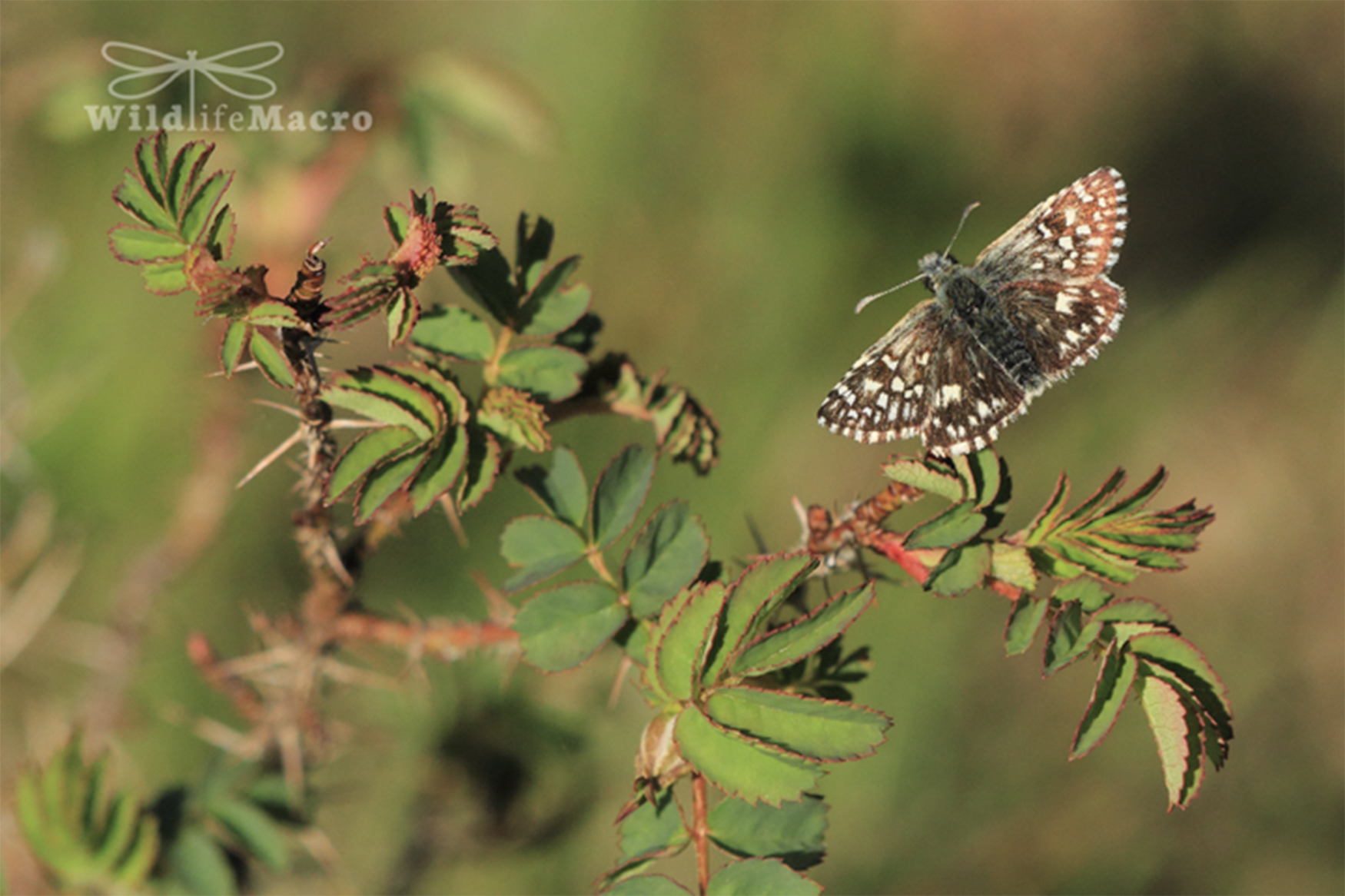
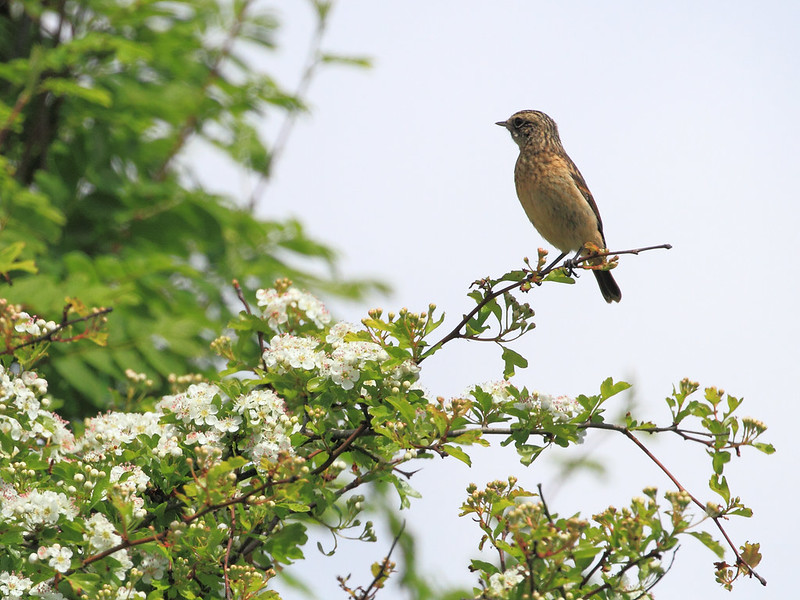
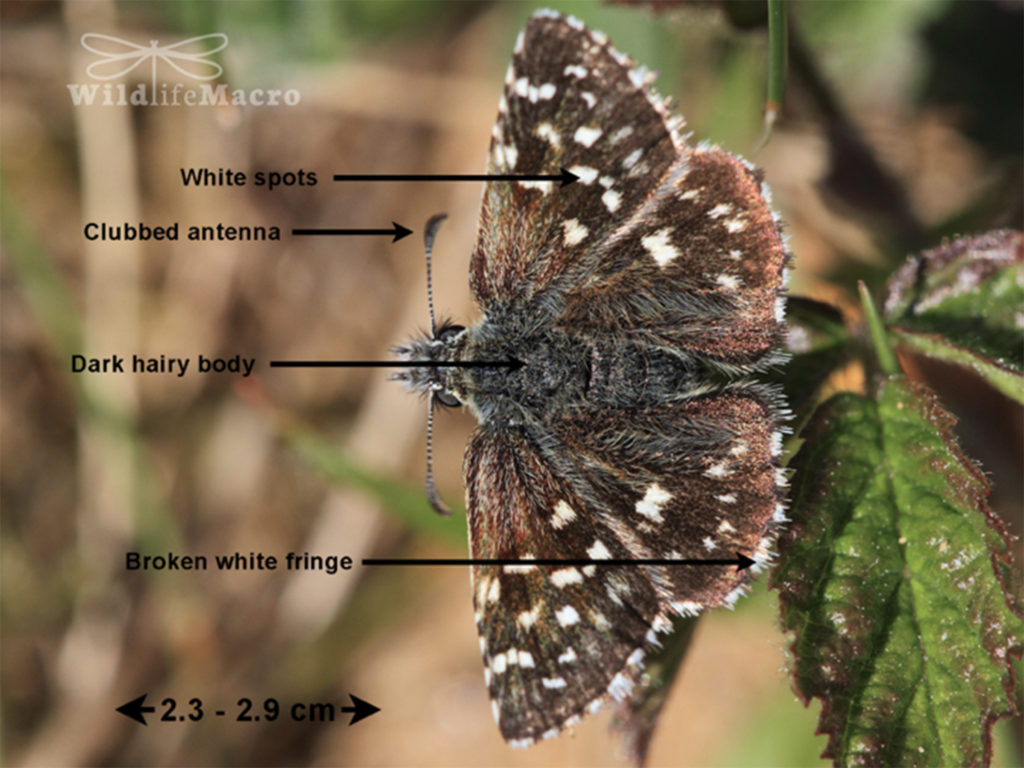
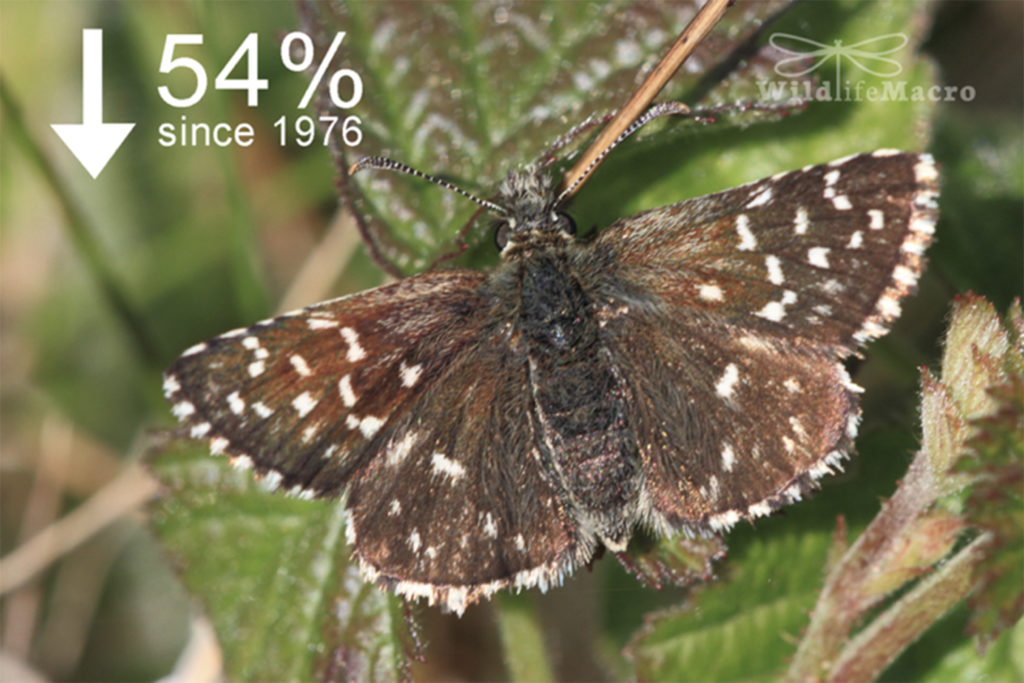
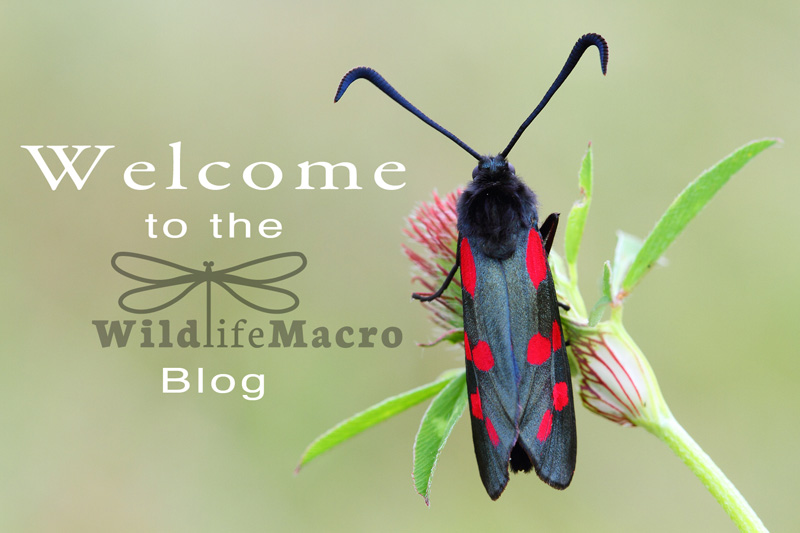
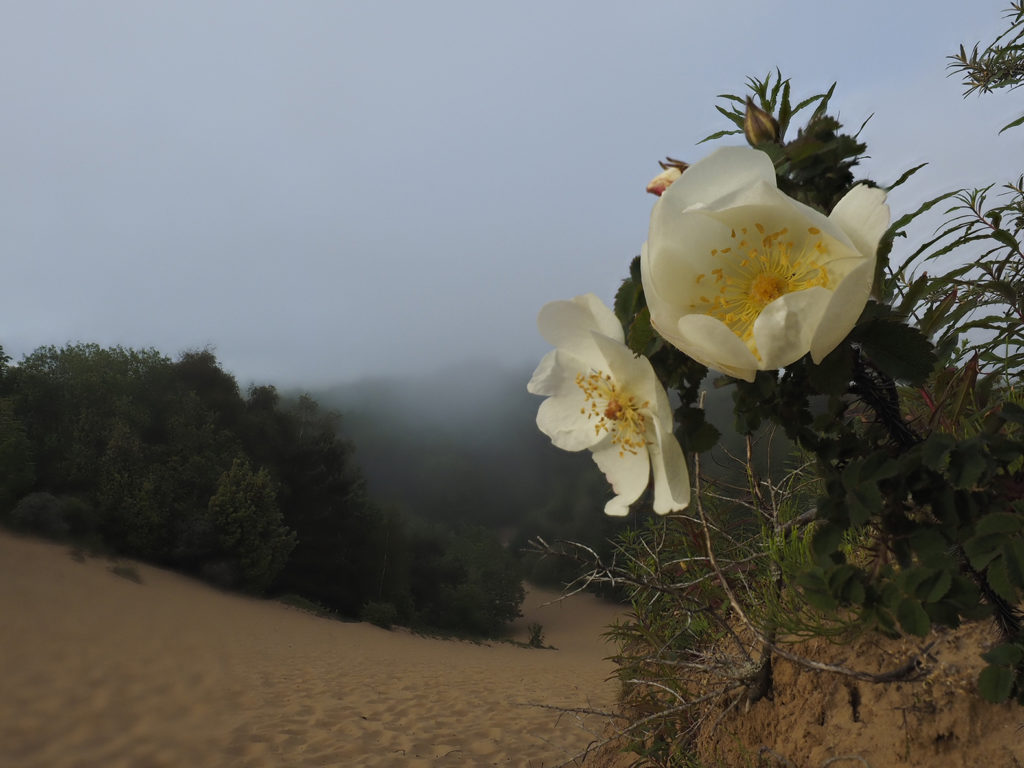
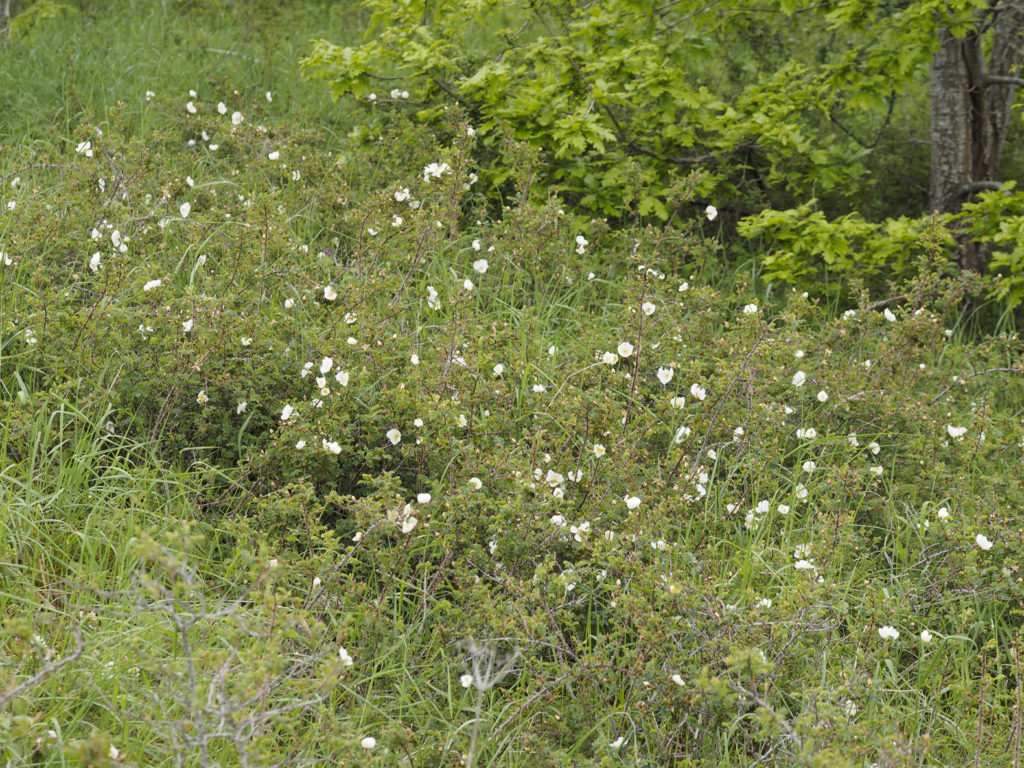
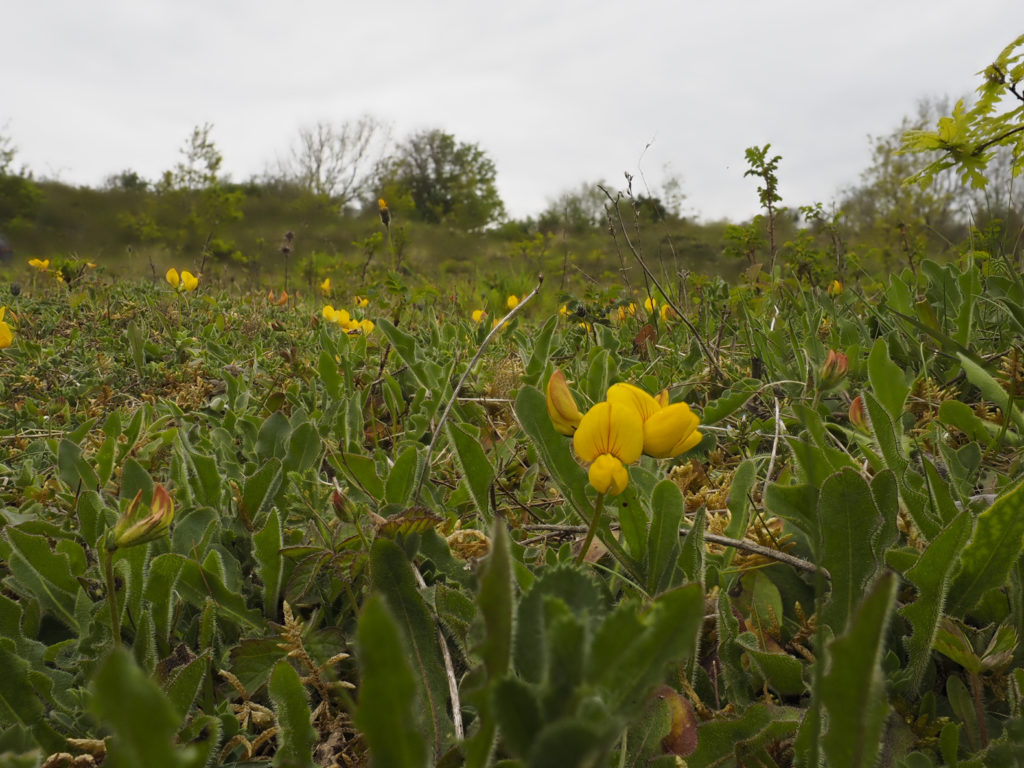
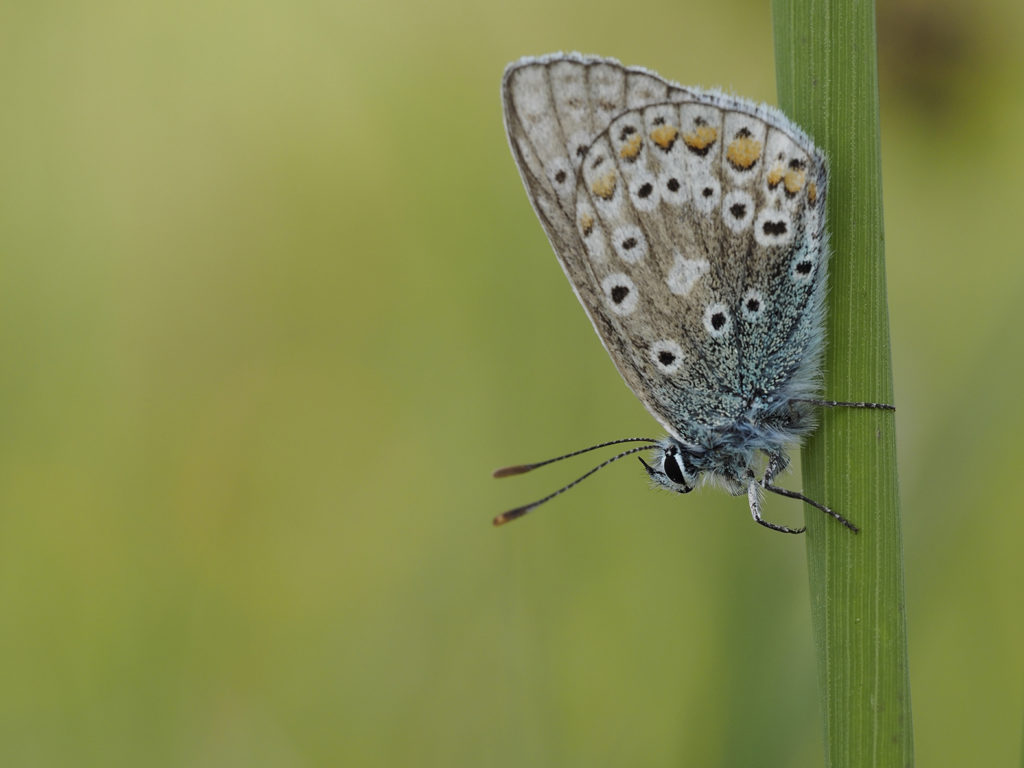
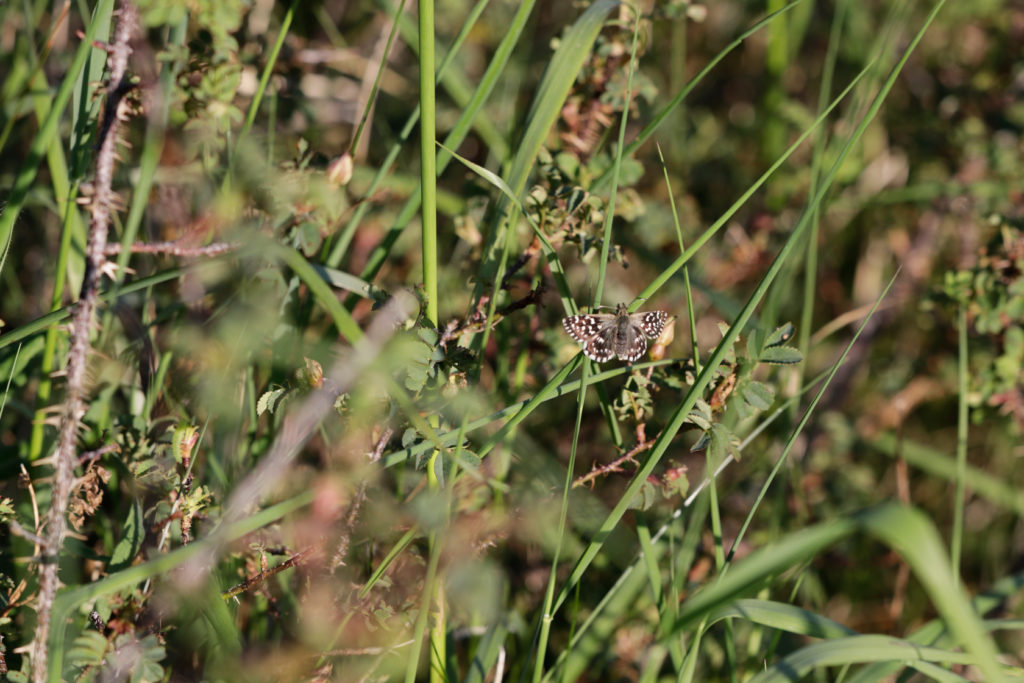
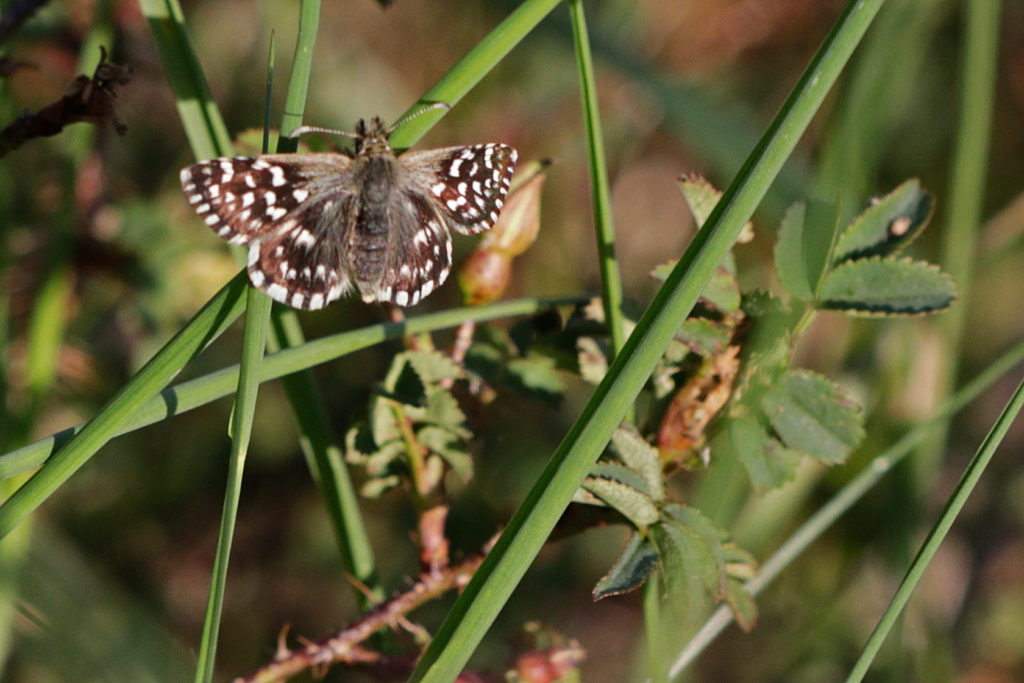
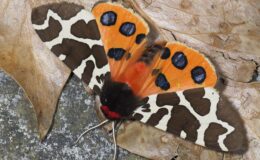
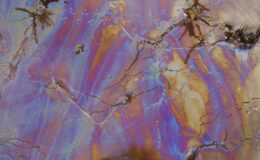
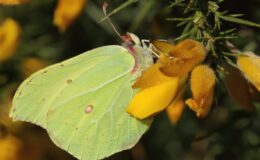
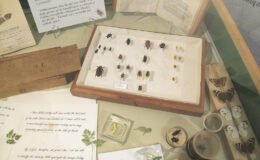
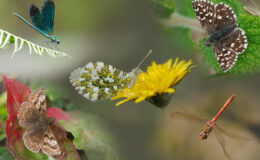
Leave a Comment